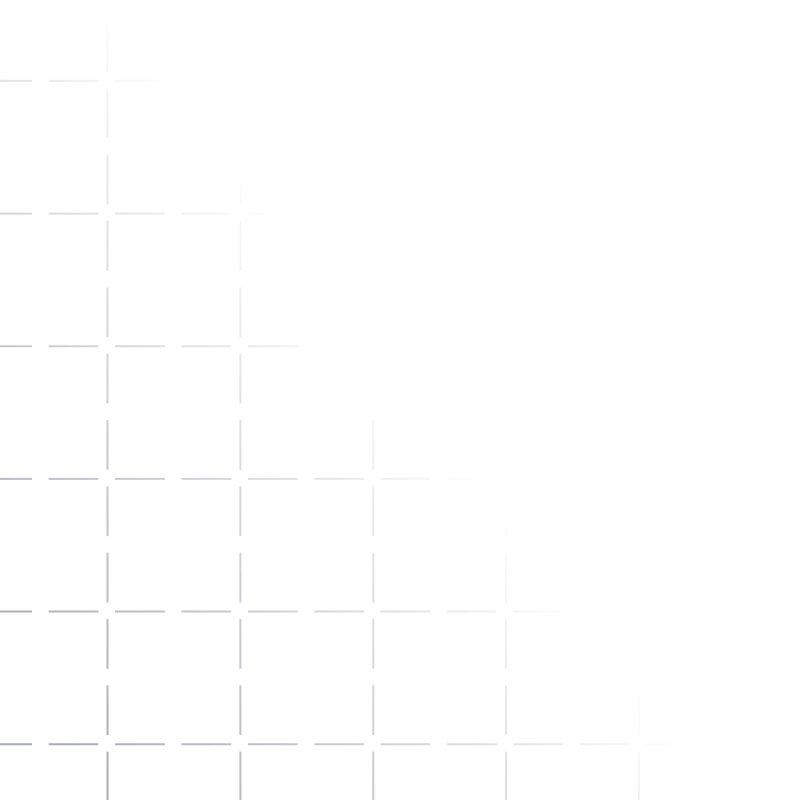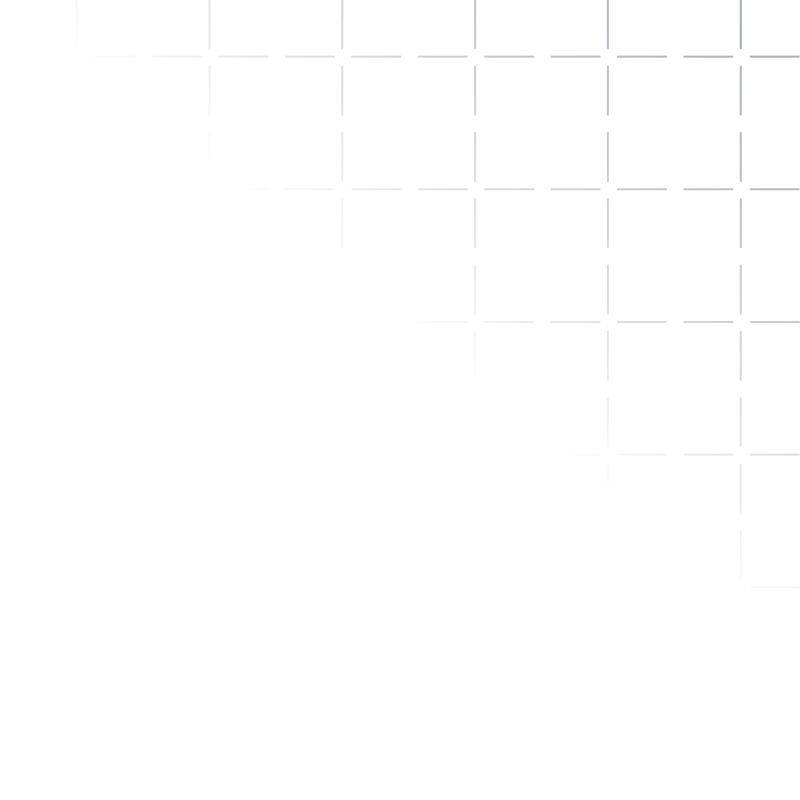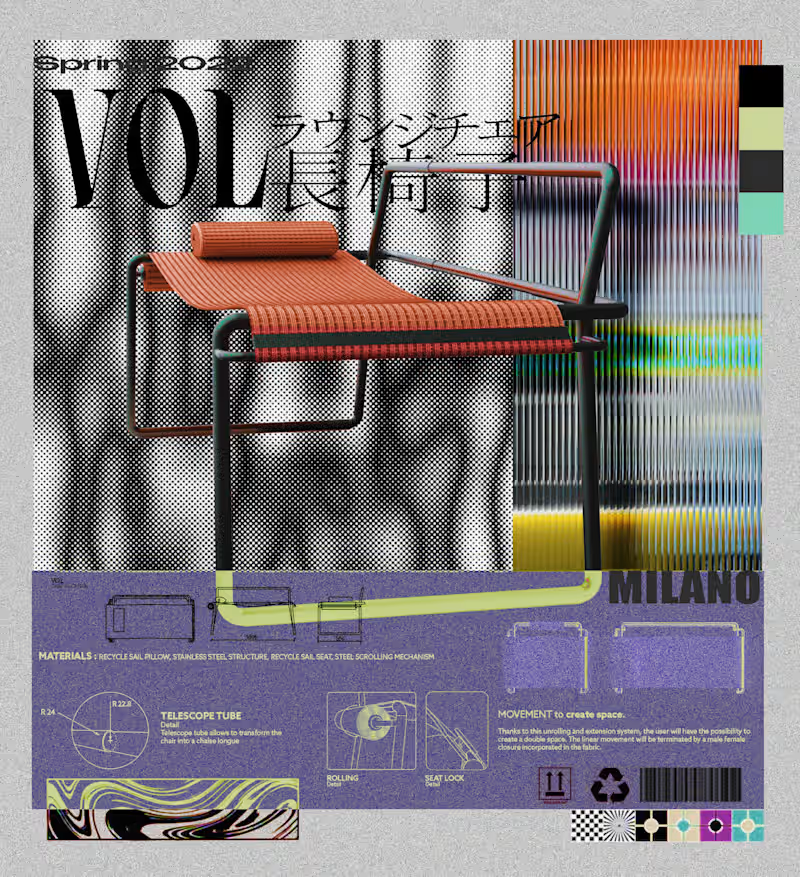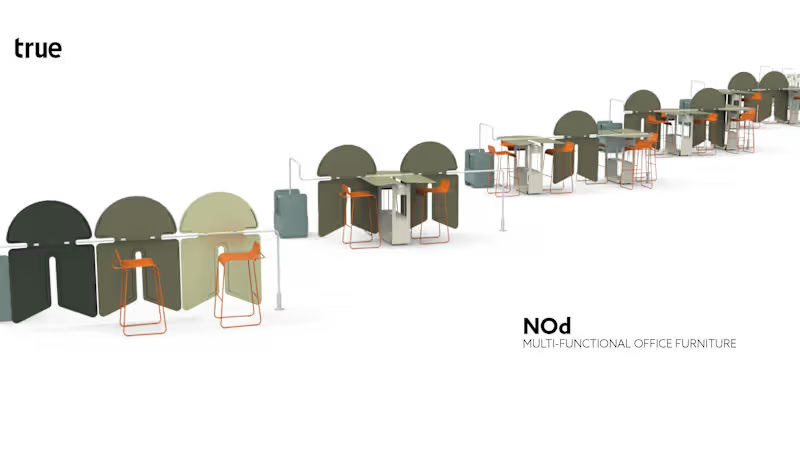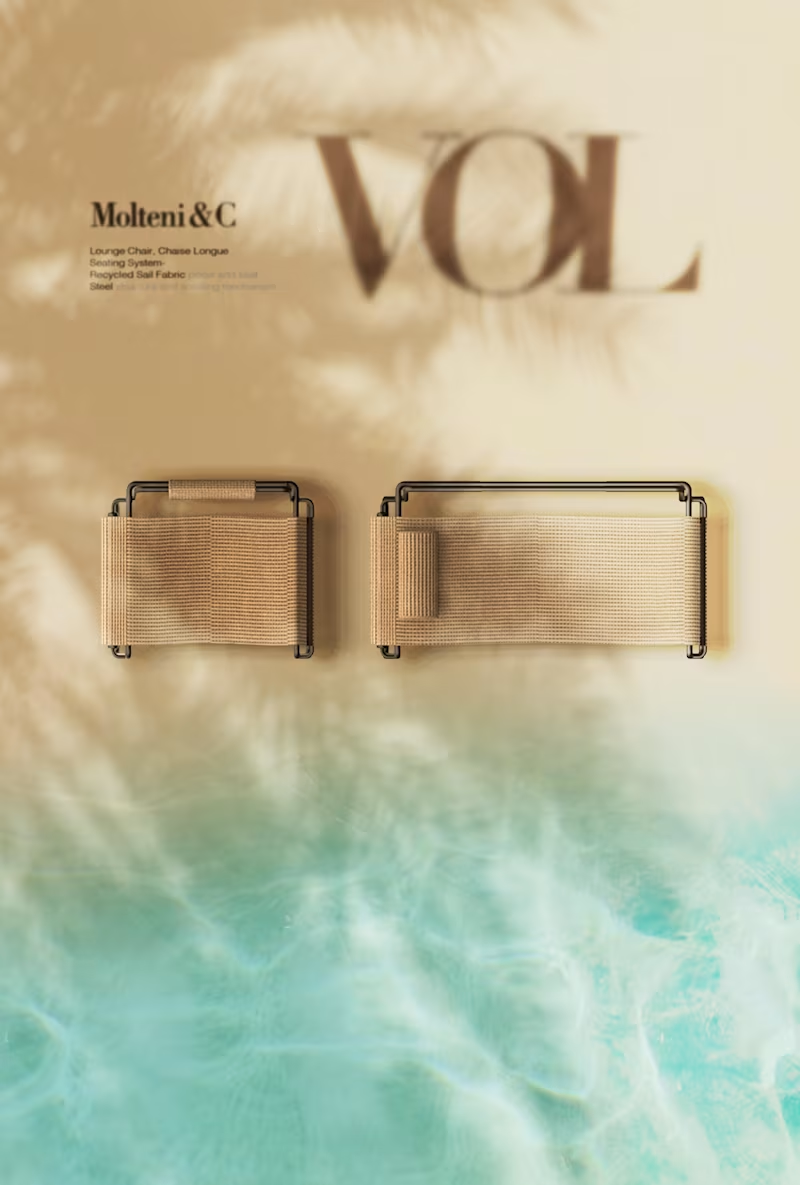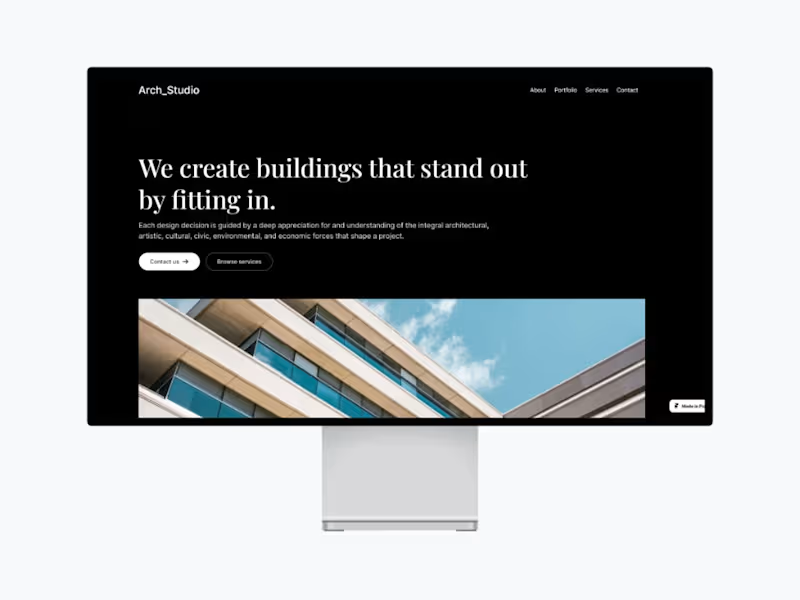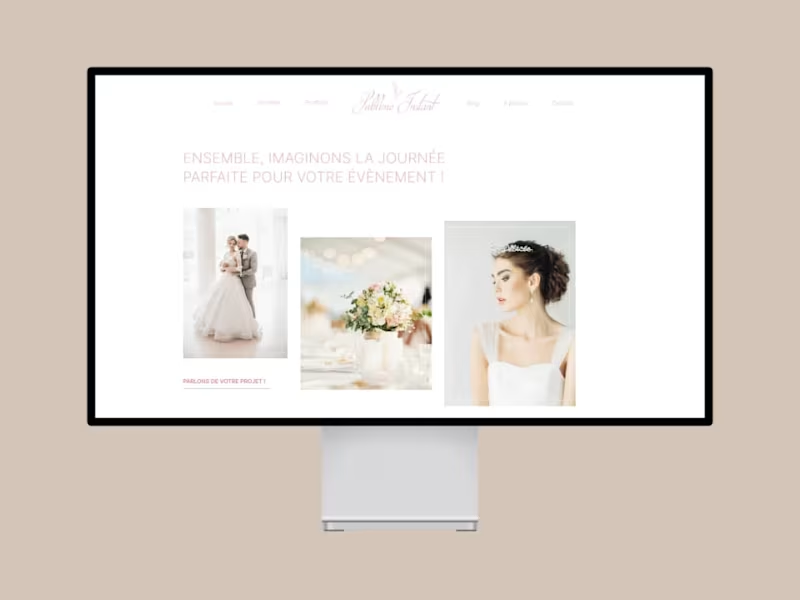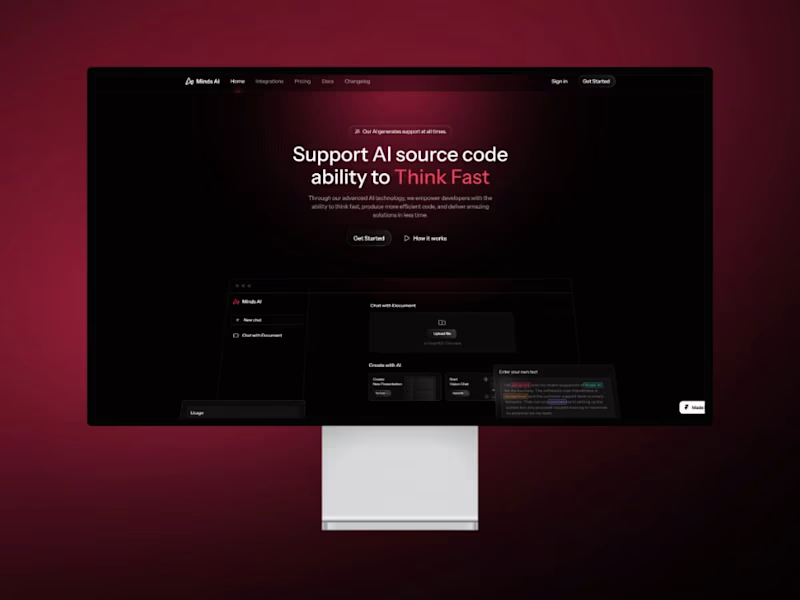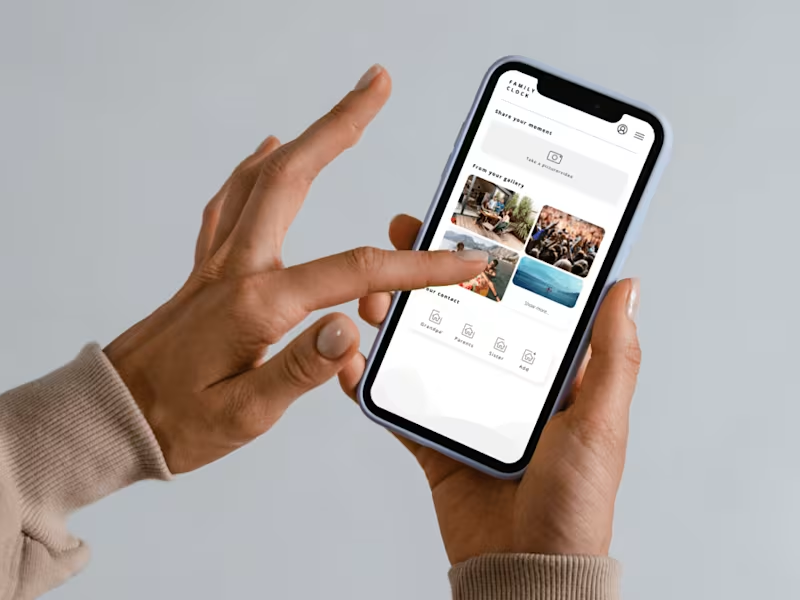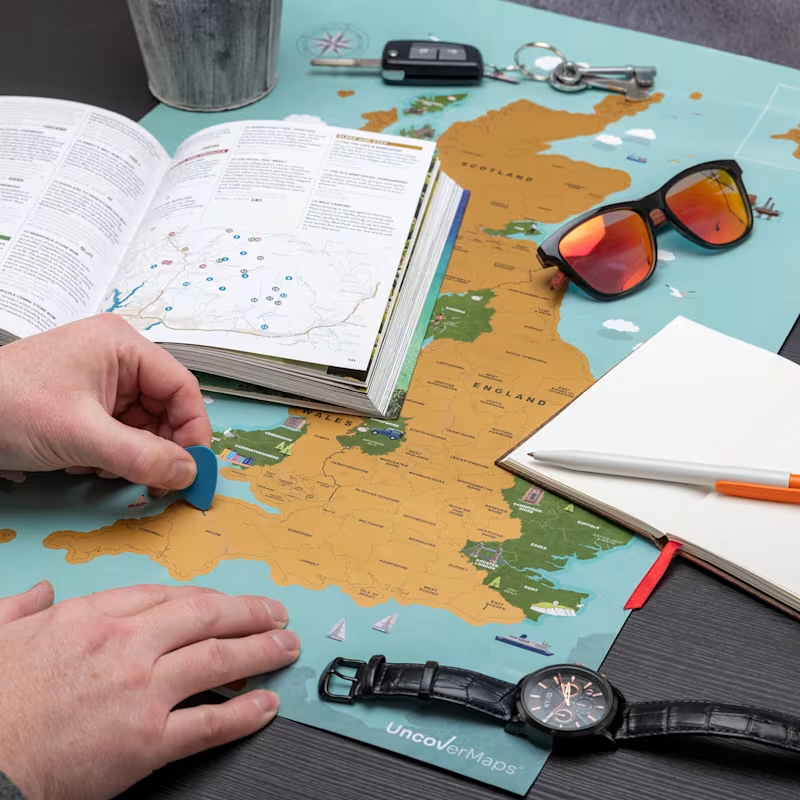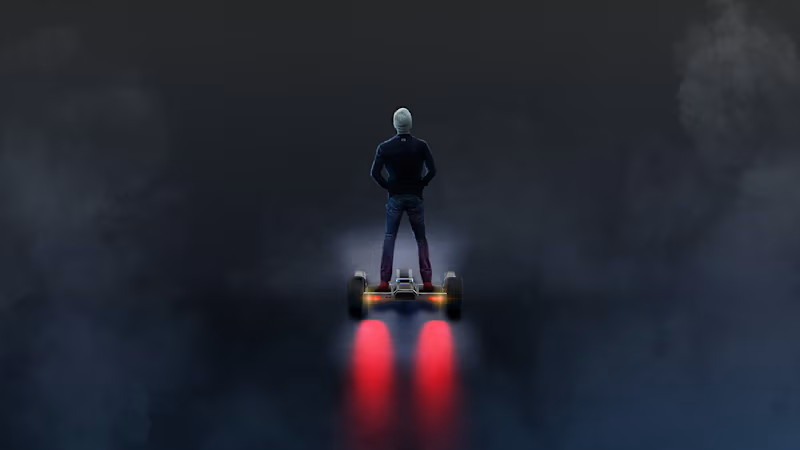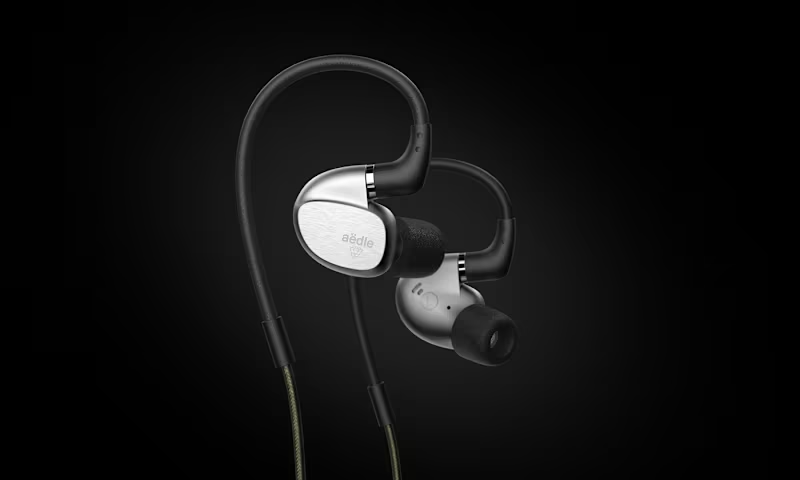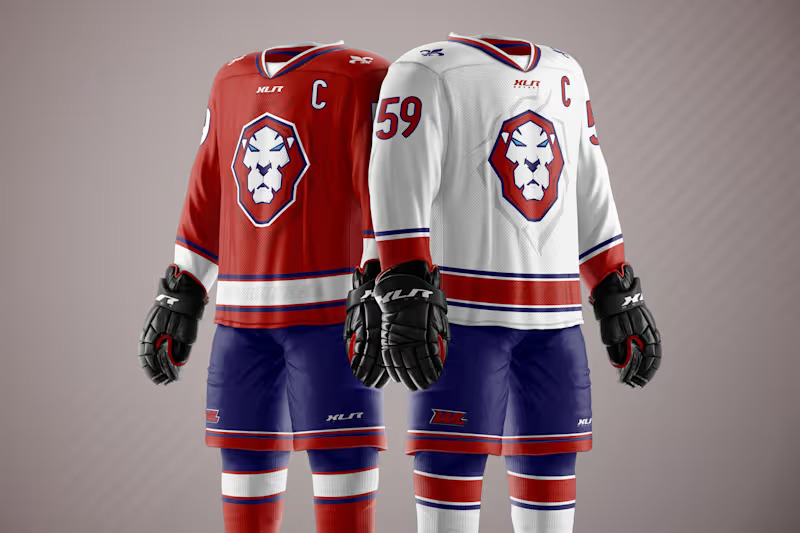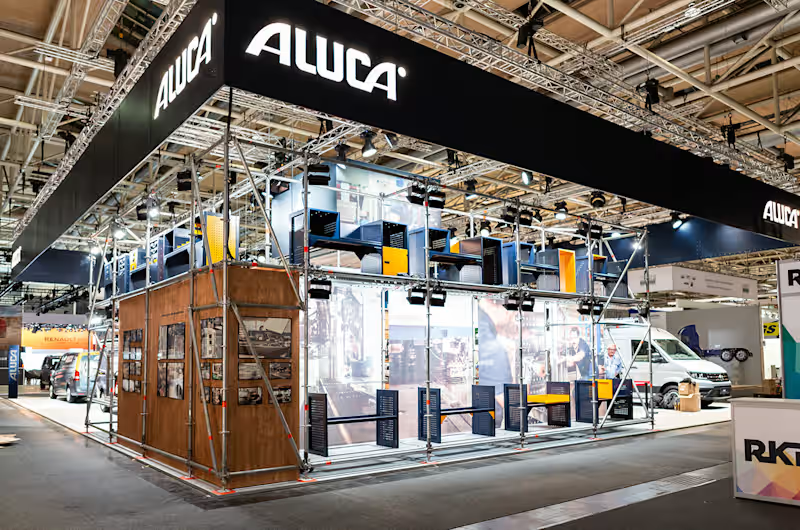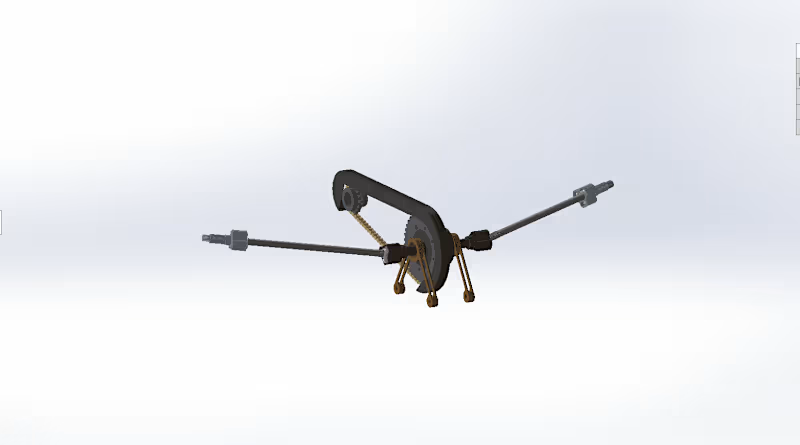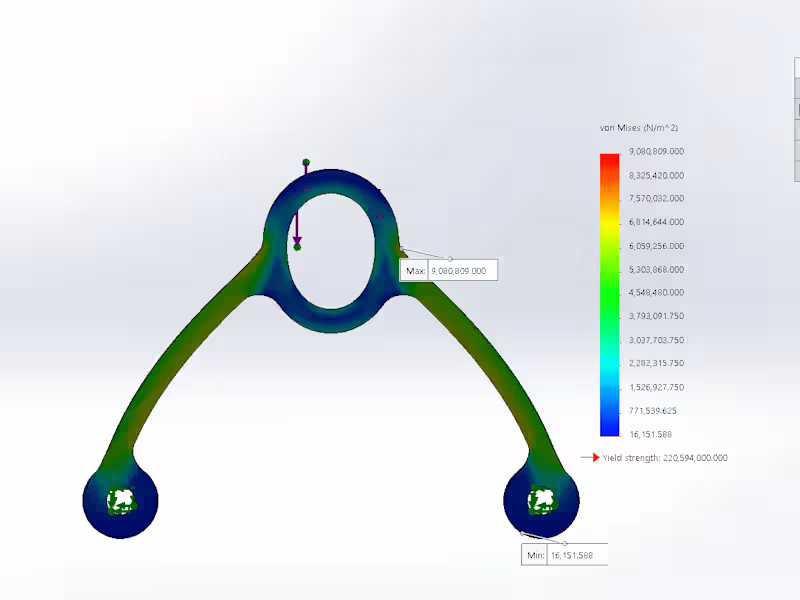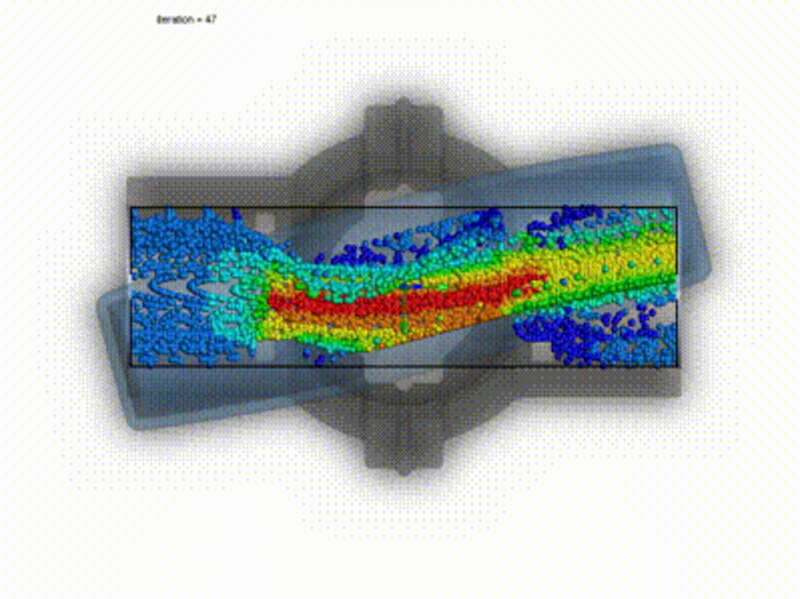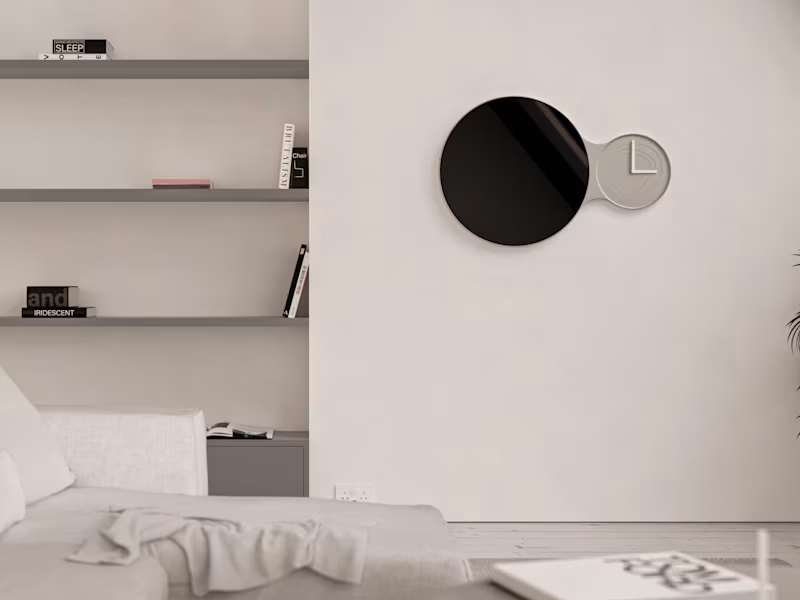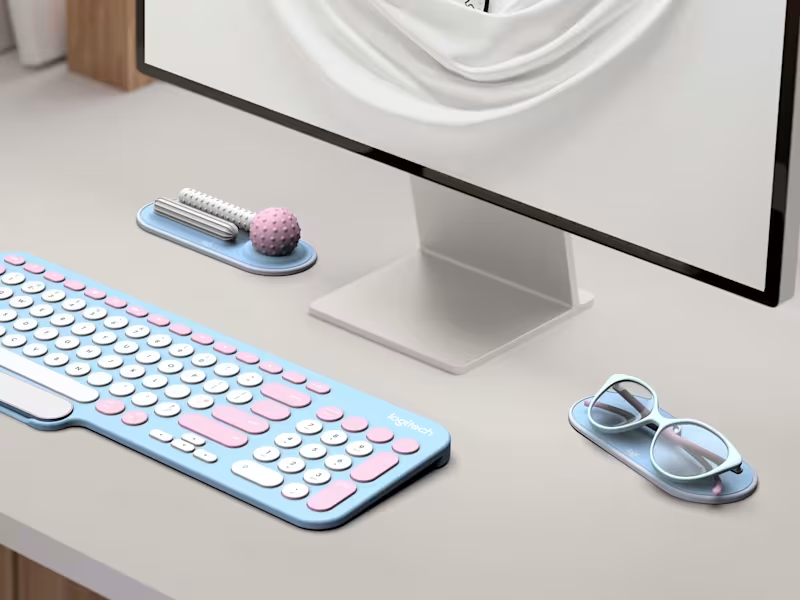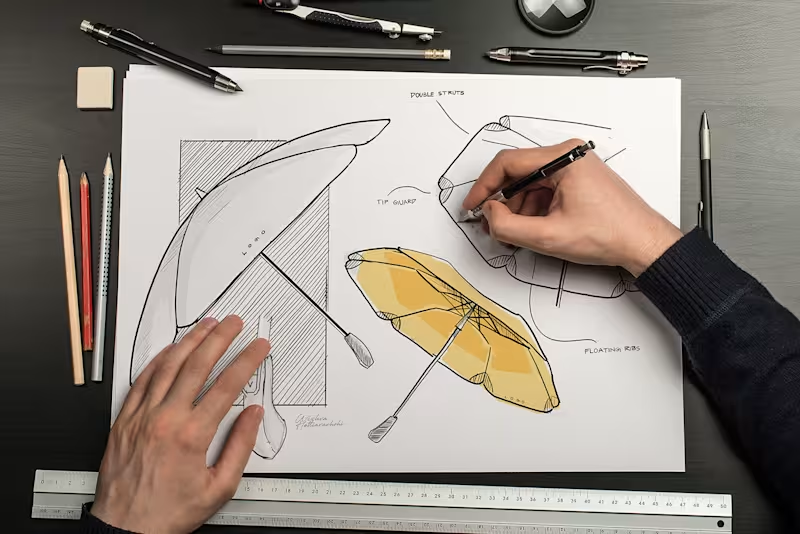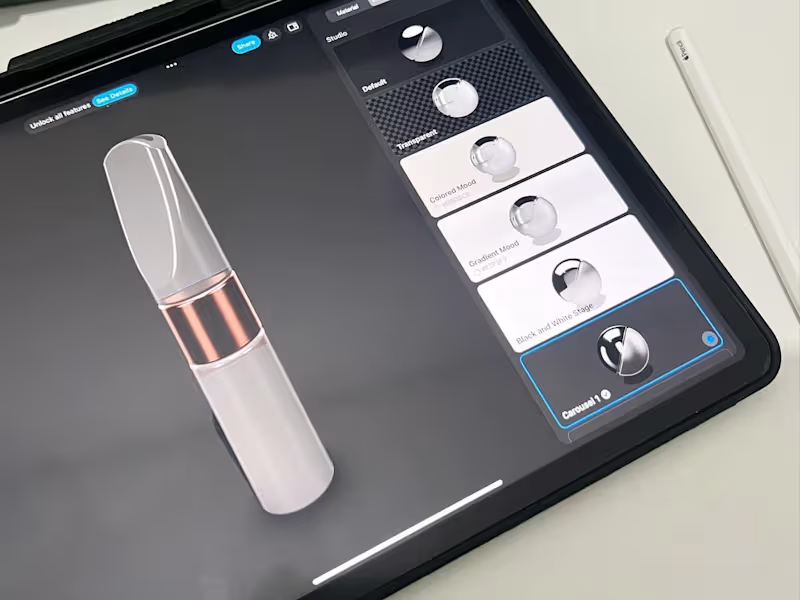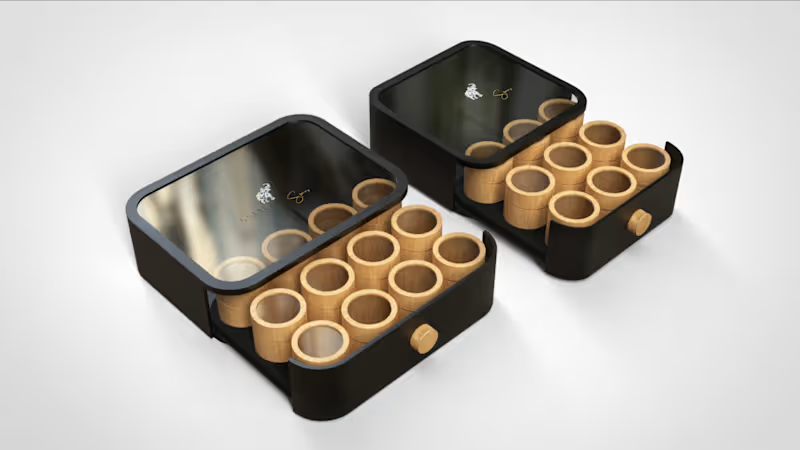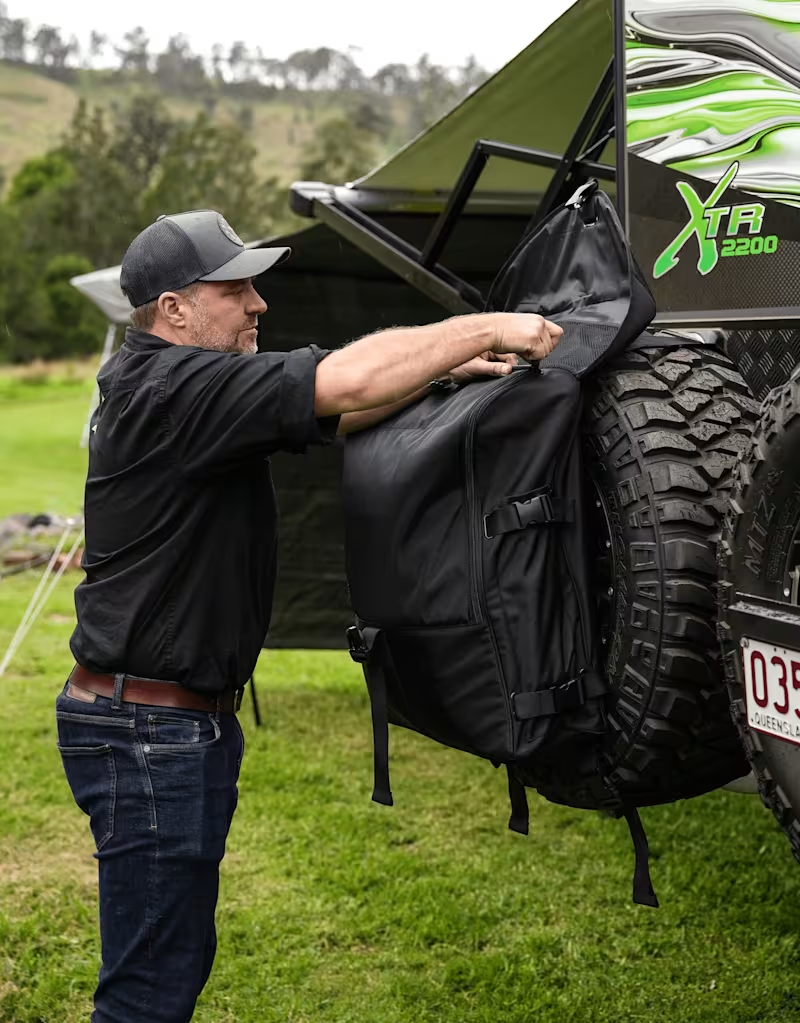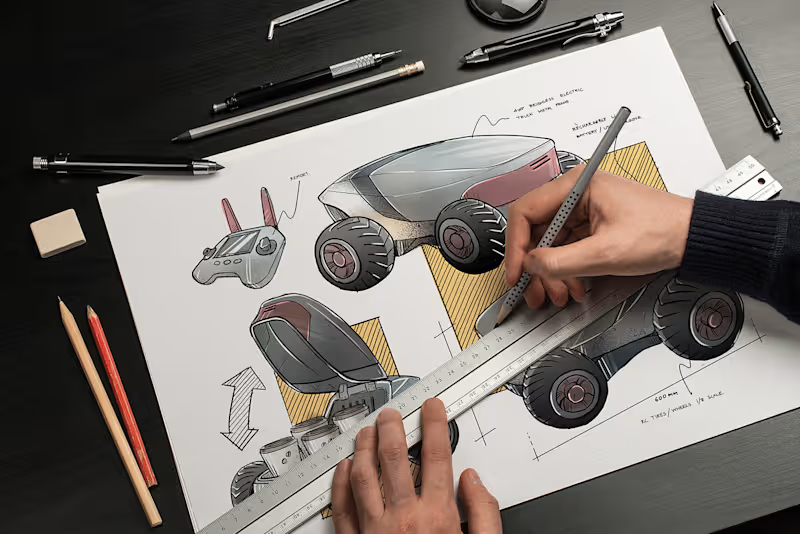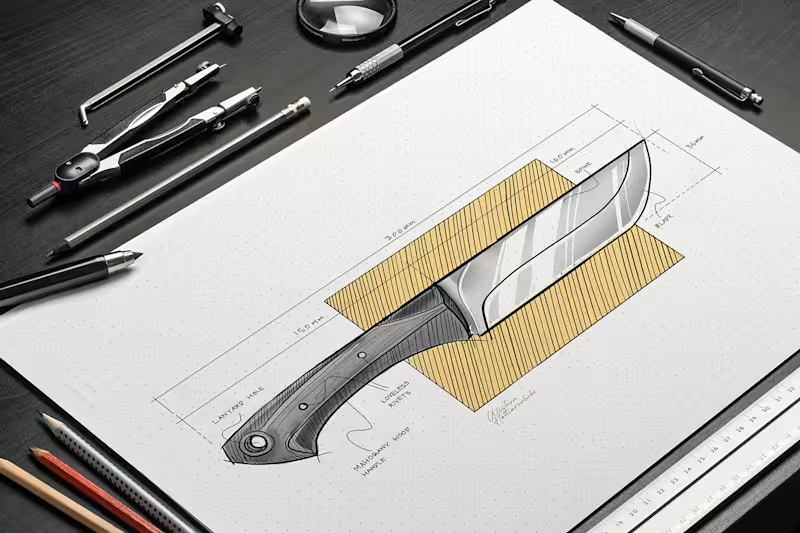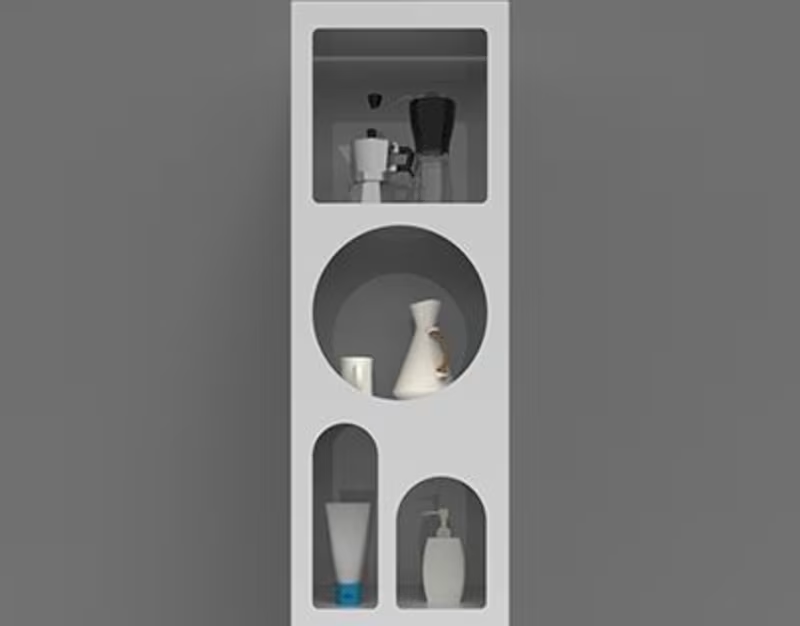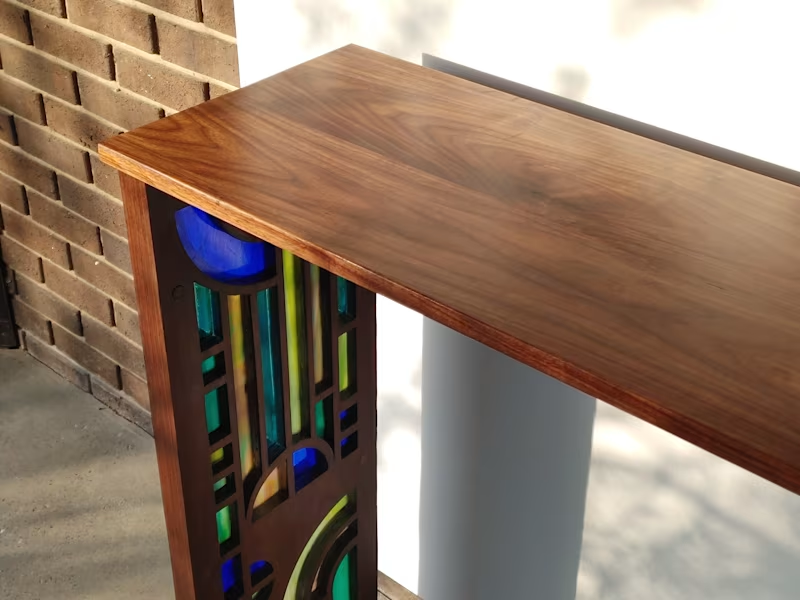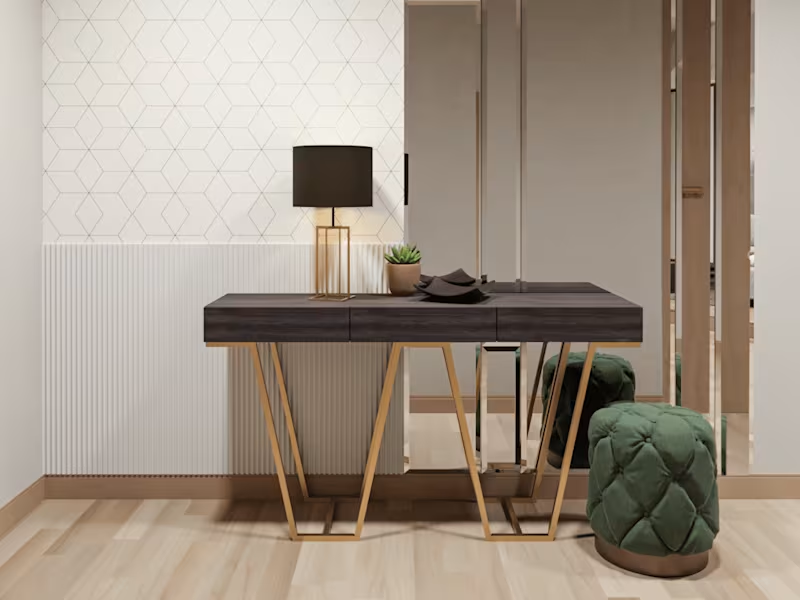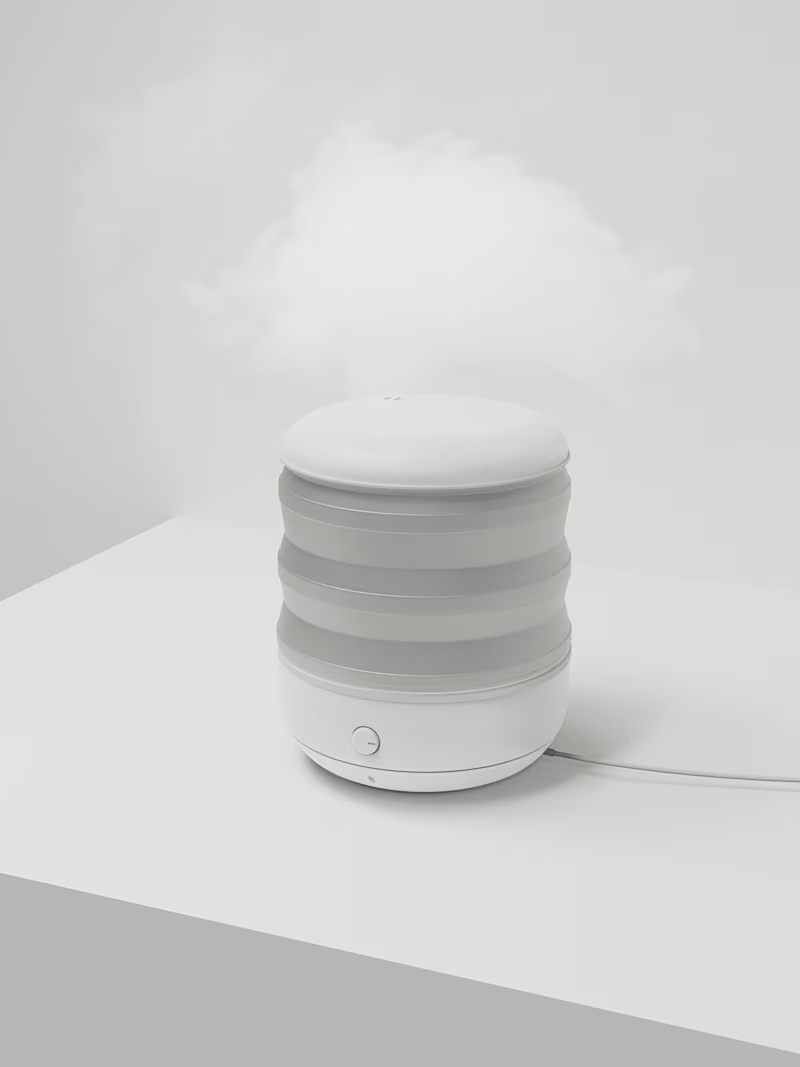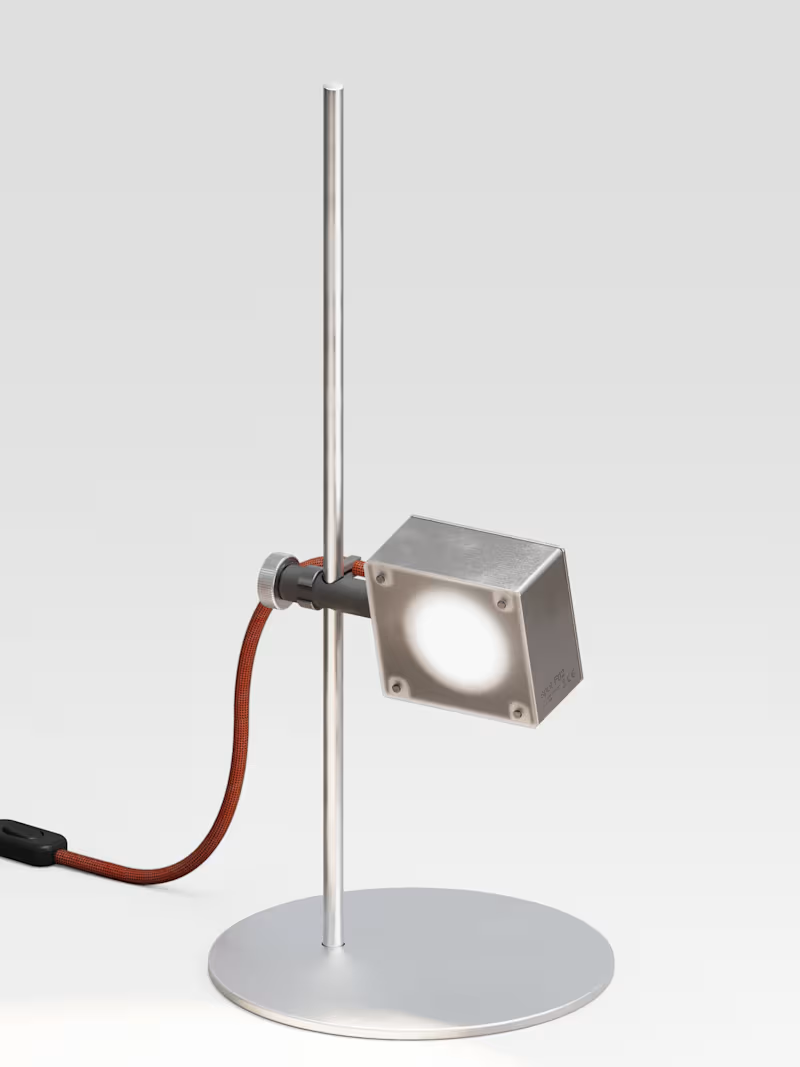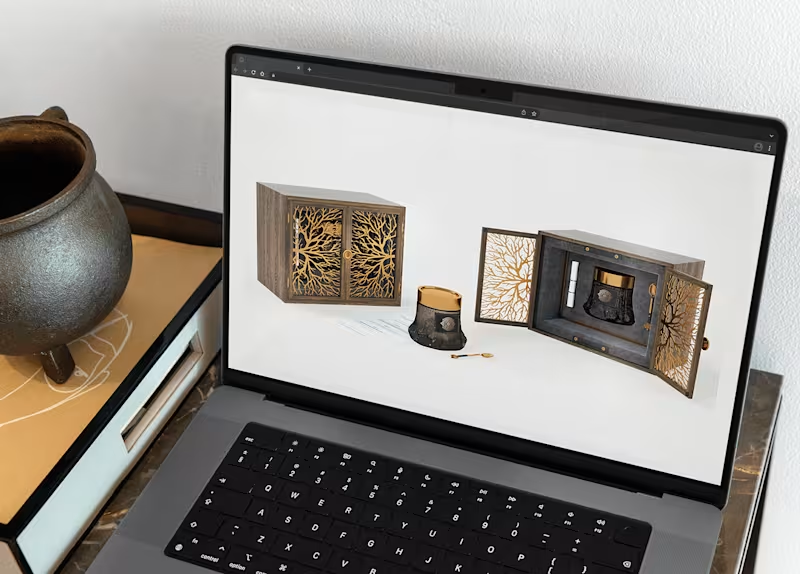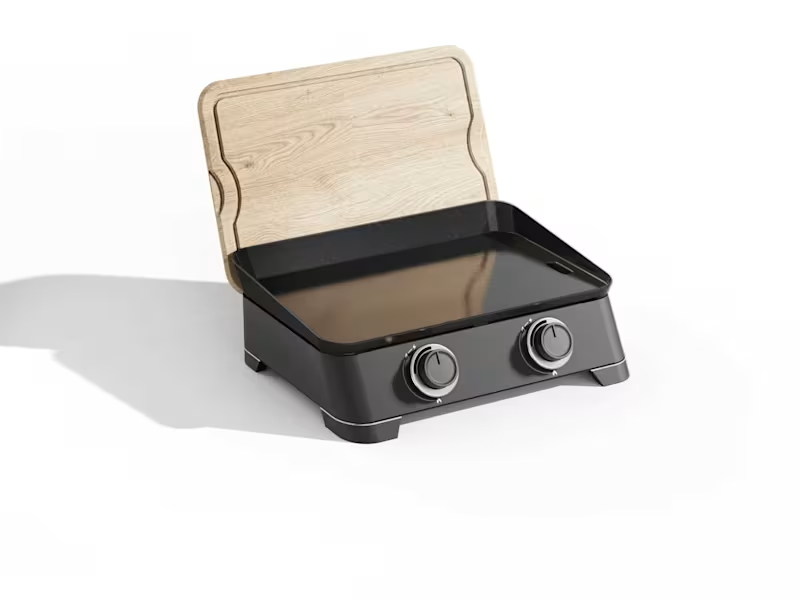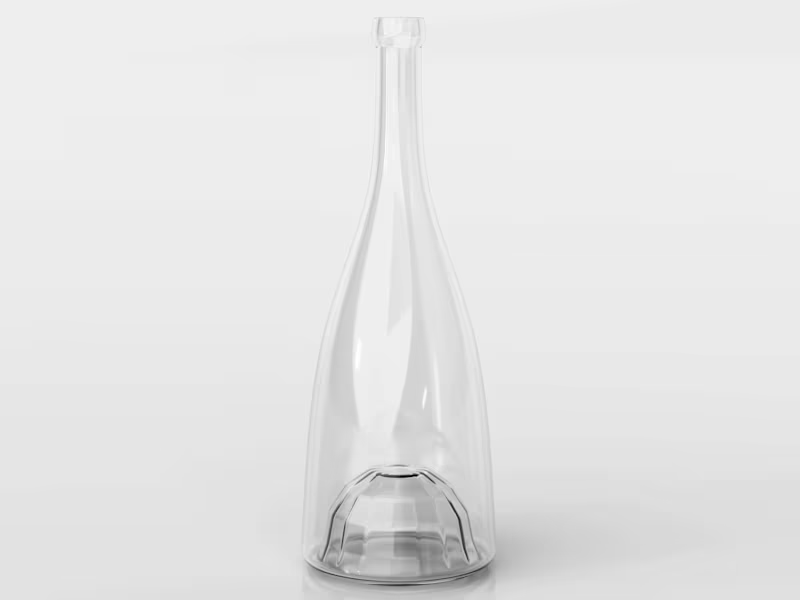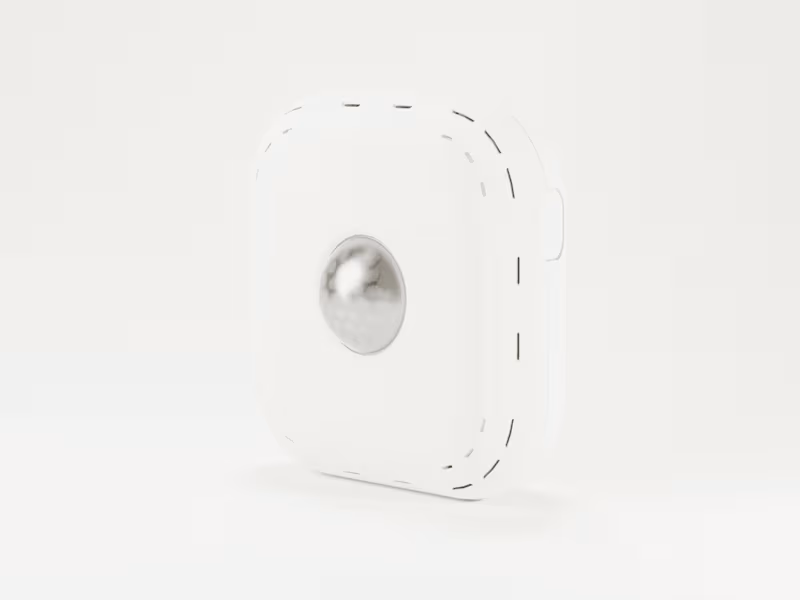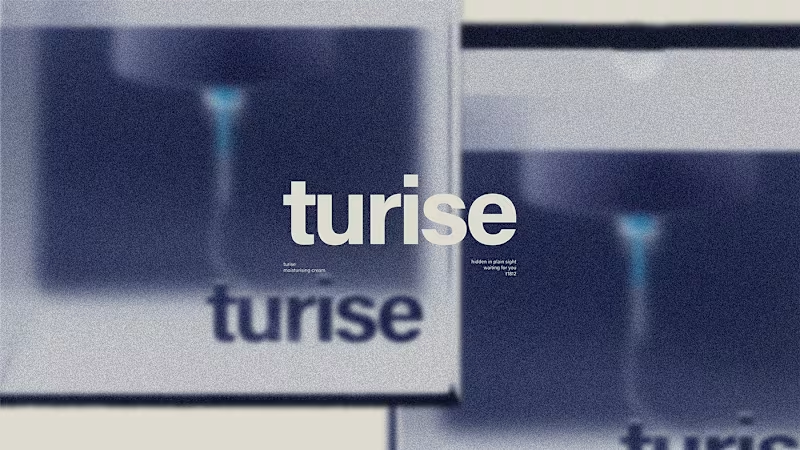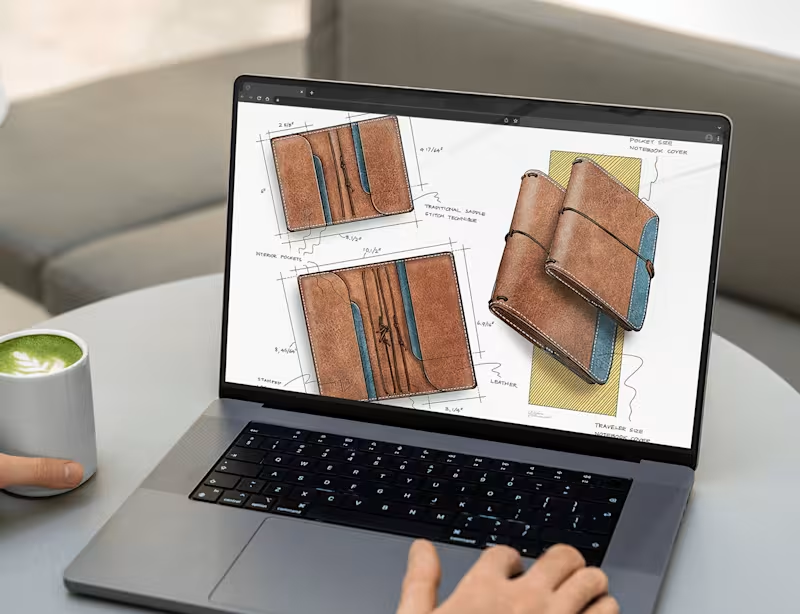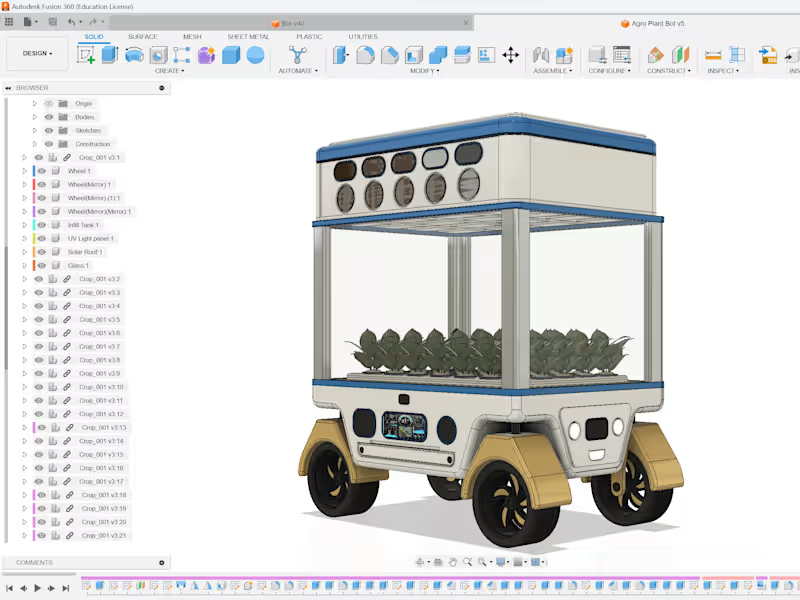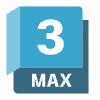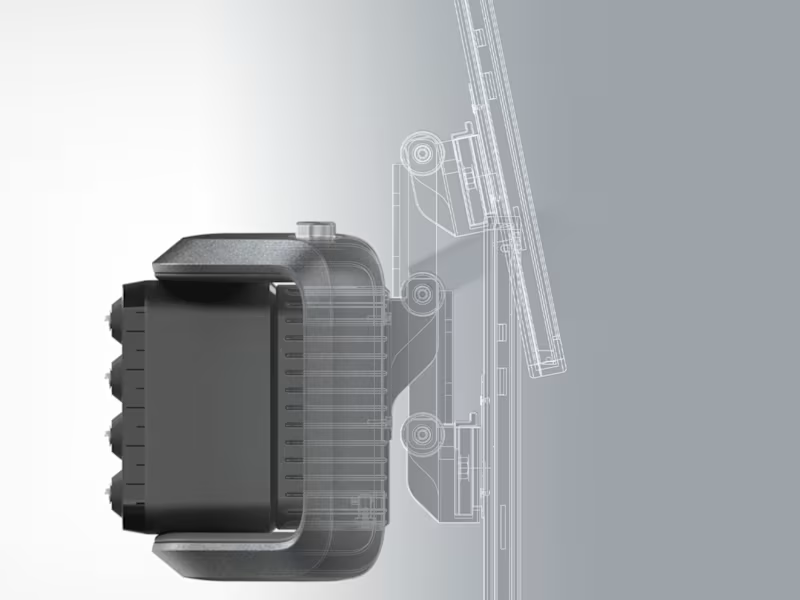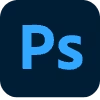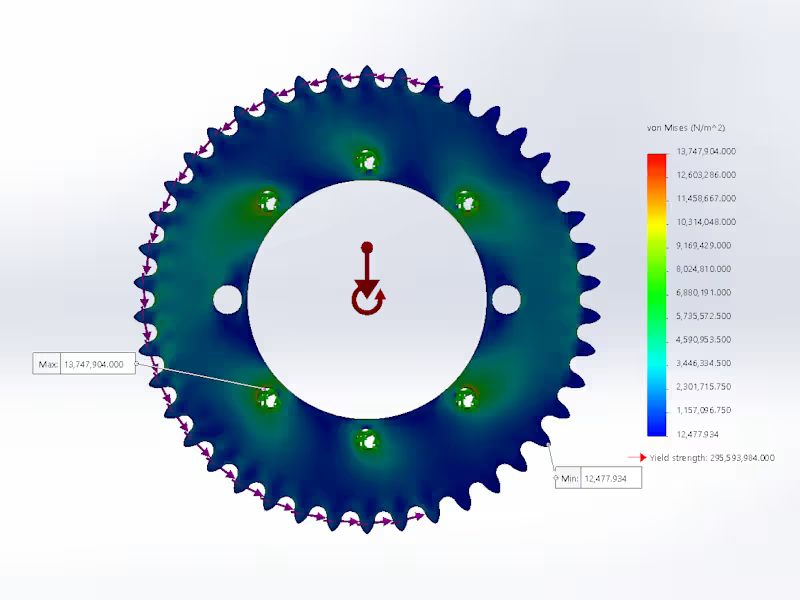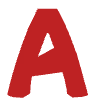What should I look for in an industrial designer's portfolio?
Look for designs that show creativity and problem-solving skills. Check for experience in projects similar to yours. Portfolio should show skills in design tools like CAD.
How can I evaluate the expertise of an industrial designer?
Check their past work for innovation and user-focused designs. Look for testimonials or reviews from past clients. It's a good sign if they've worked on big projects or have industry awards.
What should be included in the project brief?
Include a clear description of the product you want to create. List your project goals and target audience. Mention any technical requirements or specific materials to use.
How do I ensure the designer meets my project timeline?
Set a realistic deadline and discuss it with the designer. Make sure the designer agrees with the timeline. Touch base regularly to track progress.
What deliverables should I expect from an industrial designer?
Expect concept sketches and 3D models. You might also receive prototypes. Make sure all design files are included in the final delivery.
How do I make sure the designer understands my vision?
Share reference images or mood boards to show your style. Discuss your ideas in detail during a call or meeting. Ask the designer to summarize your vision to ensure they understand.
What questions should we discuss before starting the project?
Discuss the project scope and the role of the designer. Talk about the budget and any constraints you have. Also, cover communication methods and frequency.
How can I ensure the designer uses the latest technology or methods?
Ask about the tools and software they use for designing. Ensure they stay updated on industry trends. Look for any recent training or courses they've completed.
What is the best way to provide feedback to the designer?
Give feedback during scheduled reviews, not randomly. Be clear and specific about what you like or don't like. Encourage open communication to solve any issues.
How do I maintain a good working relationship with the designer?
Communicate often but respect their creative space. Be open to their ideas and suggestions. Appreciate their work and provide positive feedback when appropriate.
Who is Contra for?
Contra is designed for both freelancers (referred to as "independents") and clients. Freelancers can showcase their work, connect with clients, and manage projects commission-free. Clients can discover and hire top freelance talent for their projects.
What is the vision of Contra?
Contra aims to revolutionize the world of work by providing an all-in-one platform that empowers freelancers and clients to connect and collaborate seamlessly, eliminating traditional barriers and commission fees.
